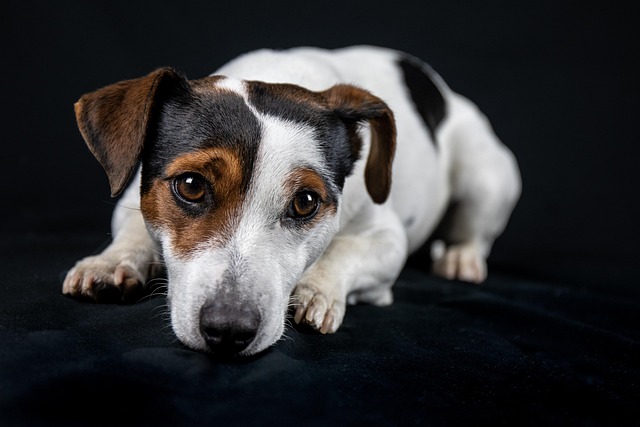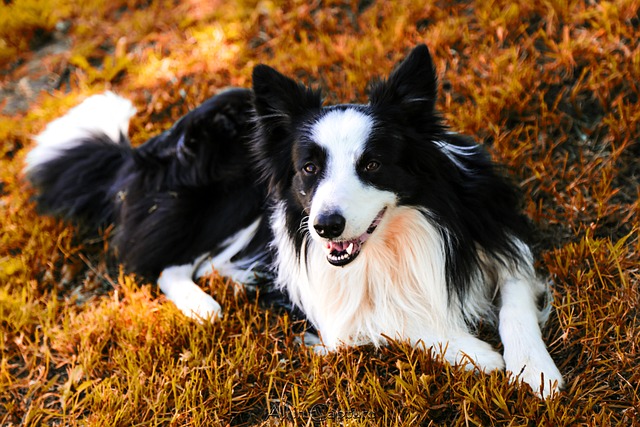
How to improve urinary tract health in dogs?
Watching your dog strain to pee or wince in discomfort feels like a punch in the gut. Urinary tract issues can sneak up on our furry companions, but the good news?
That question – "Is GDV curable?" – hits like a punch to the gut when you're facing this terrifying emergency. The short answer is yes, Gastric Dilatation-Volvulus (GDV) can be cured, but the crucial, life-or-death detail lies in one word: timing. GDV isn't an illness you wait out; it's a rapidly unfolding catastrophe inside your dog, where every single minute truly counts. Understanding how it's cured and the factors deciding success is critical for any dog owner, especially those with large or deep-chested breeds.
Here’s the raw truth: GDV is almost always fatal without emergency veterinary surgery. The cure hinges on two immediate steps performed by skilled veterinary professionals: decompressing the stomach (releasing the built-up gas to relieve pressure) and surgically untwisting it (correcting the volvulus). But that's just the start. Once the stomach is back in place, the vet will meticulously assess its health. If any tissue has died due to lack of blood flow (necrosis), that damaged section must be removed. Often, as a vital preventative measure for the future, they'll perform a gastropexy – surgically attaching the stomach wall to the abdominal lining to significantly reduce the risk of it twisting again. This surgery is major, invasive, and carries inherent risks, especially on a dog already in shock.
So, when we talk about "cure," survival depends overwhelmingly on how quickly the dog receives this life-saving intervention. The statistics paint a stark picture: Dogs rushed to surgery within the first hour or two of showing clear GDV symptoms have the highest survival rates, often cited around 80-90% in well-equipped facilities. However, for every hour that passes after the stomach twists, the survival rate drops dramatically. By the time a dog is in profound shock, with significant tissue death or multiple organ systems failing, the prognosis becomes guarded to poor, despite the vet team's heroic efforts. The damage inflicted by the twisted stomach cuts off blood flow not just to the stomach itself, but critically, to other vital organs. This systemic cascade is what makes delayed treatment so devastating.

Beyond the speed of getting to the vet, other factors influence the outcome. The dog's overall health and age beforehand play a role. The severity of the twist and the amount of stomach tissue compromised are critical determinants found during surgery. The skill and resources of the veterinary hospital are paramount – this isn't a routine procedure. Post-operative intensive care is also essential for managing pain, shock, potential infection, heart arrhythmias, and other complications that can arise in the days following surgery. Survival through surgery is a massive hurdle cleared, but the recovery period remains critical.
This urgency underscores the profound responsibility we have as pet owners under animal welfare laws common across the US, UK, EU, and Canada. These laws explicitly or implicitly mandate providing necessary veterinary care to alleviate suffering. Recognizing GDV signs (like unproductive retching, a distended hard belly, extreme restlessness, and collapse) and acting immediately isn't just good ownership; it's a legal and ethical duty. Delaying veterinary assessment due to cost concerns, hoping it might just be gas, or waiting until morning could tragically breach this duty. Culturally, responsible pet ownership in Western societies strongly emphasizes proactive emergency preparedness – knowing your nearest 24/7 emergency vet clinic location and number, understanding potential costs (which can run into thousands), and having a plan (pet insurance, emergency fund, Care Credit) are considered fundamental parts of caring for a vulnerable family member.
So, is GDV curable? Yes, it absolutely can be, but survival is a surgical gamble won primarily by speed. The cure relies entirely on immediate recognition of the signs and getting your dog to advanced veterinary care without a second's delay. Prevention strategies (like gastropexy during neutering for high-risk breeds, managed feeding routines) are vital, but once GDV strikes, time is the enemy. Knowing the signs, having an emergency plan, and acting instantly are the only things that give your dog a fighting chance at being cured. Don't hesitate, don't wait – if GDV is suspected, get to the emergency vet now.

Watching your dog strain to pee or wince in discomfort feels like a punch in the gut. Urinary tract issues can sneak up on our furry companions, but the good news?

Ever had that gut-wrenching moment watching your Golden Retriever struggle up the stairs,or noticed your Chihuahua panting wildly after a short walk?These aren't just normal signs of aging—they could be early whispers from your dog's heart.

Picture this: You’re sipping coffee on a Sunday morning when your Labrador retriever scratches the hardwood floor, the sound echoing like tiny drumsticks.

Hearing click-click-click as your dog walks across the hardwood floor? That’s the universal sign it’s nail trim time.

Picture this: You’re wearing black jeans, and your beloved Labrador, Max, greets you with a full-body shake. Suddenly, your pants look like a fuzzy Chewbacca costume.

Discovering thick mats in your dog’s coat can feel like a crisis – especially when your Goldendoodle winces during brushing.